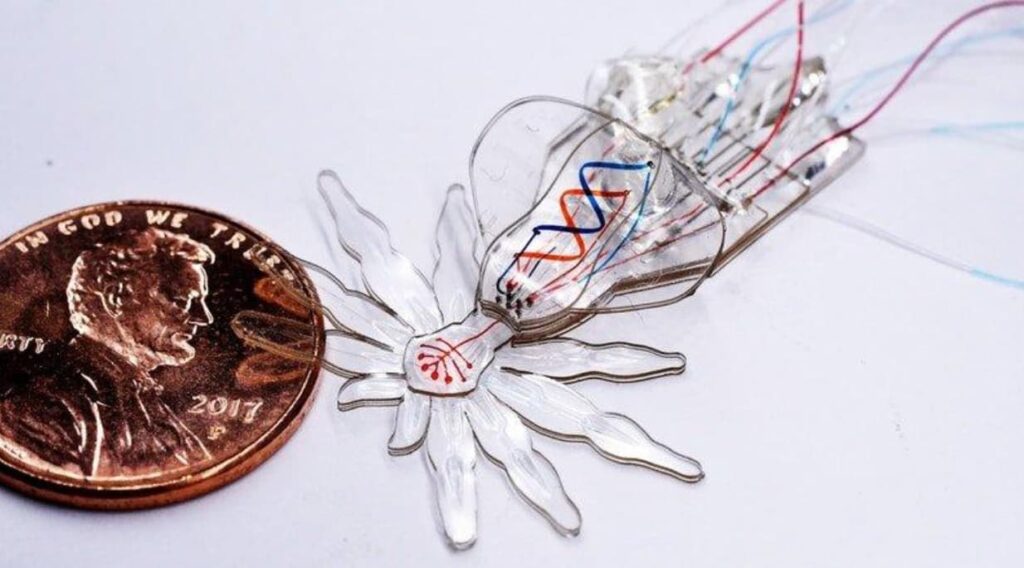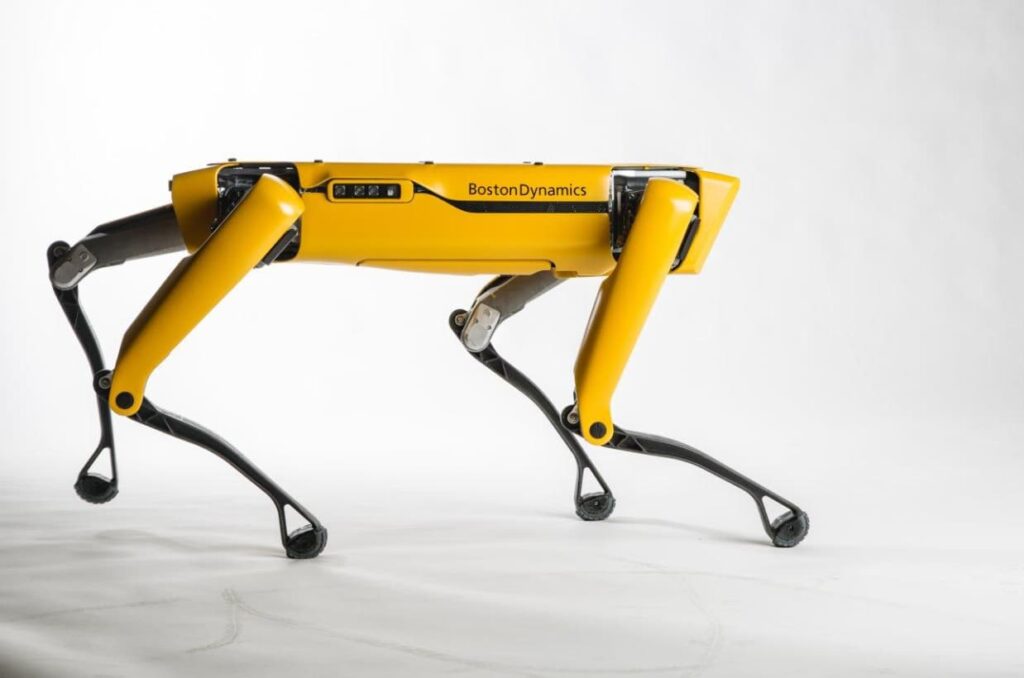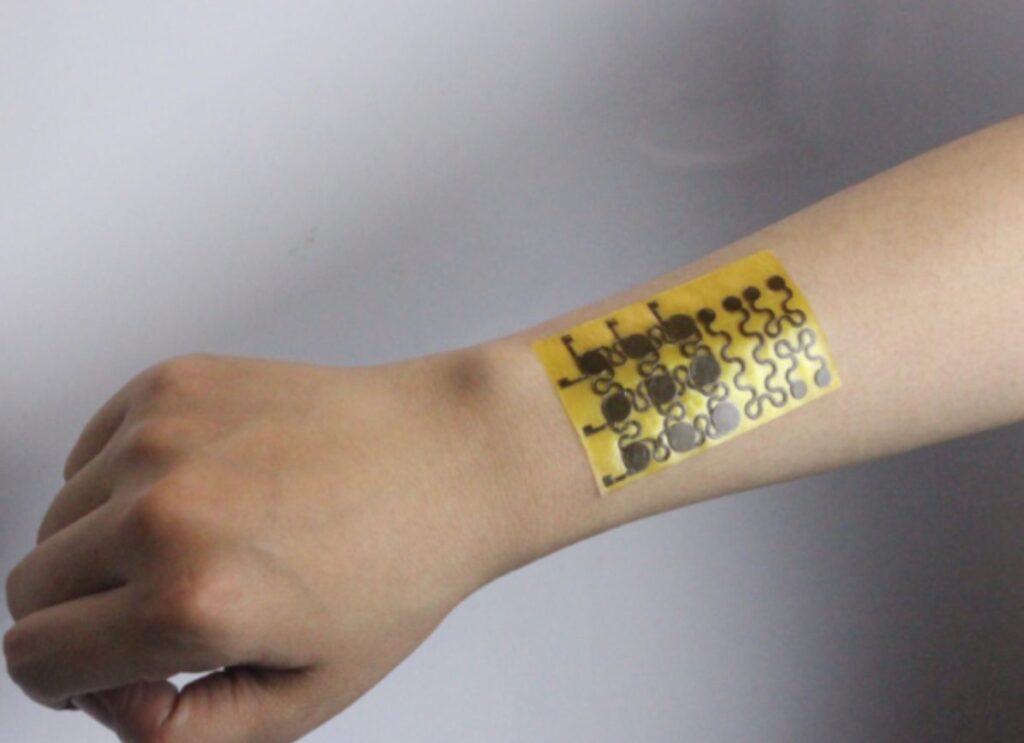& Construction

Integrated BIM tools, including Revit, AutoCAD, and Civil 3D
& Manufacturing

Professional CAD/CAM tools built on Inventor and AutoCAD
4 min read
If we all share one universal dream, it is that someday we may own a puppy that will stay a puppy forever, without actually doing the terrible things that puppies do. No, what we want is a middle-aged dog with good manners, great health, and all the cuteness of a newborn dog. And sure, if you turn on the television, the world can seem more divided than ever, and you’re sure that your brother is the one reporting you to the homeowner’s association for not mowing your yard—but rest assured, there’s common ground in the forever-puppy.
Forever-puppy isn’t here yet, but we’re getting closer as research drives the development of bio-inspired robots. From four-legged pets to circuit skin, we can thank engineering for keeping the dream alive.
Bio-inspired robots seem to fall into a couple of loosely defined categories, which include those designed to mimic animals and nature and those designed to imitate the human form in some way. Both have far-reaching uses in medicine, wearable devices, and good, old-fashioned fun. And they’re all remarkably lifelike.

Animal-inspired robots are not only cool, but they’re good for a variety of applications, both novelty and necessary. A team of Harvard researchers developed an integrated fabrication process that enables soft robot design on a very small scale with micrometer-scale features—and it looks like a spider.
Inspired by the Australian peacock spider, the robot is made from a single elastic material. Production of the silicone robot utilizes a hybrid technology that merges different fabrication techniques and allows for the robot to have 18 degrees of freedom. Scientists hope that it will allow them to better understand structure-function relationships in small organisms.
Each layer is cut from a mold using laser micromachining and bonded to the one below it, which creates the 3D structure of the spider. The robot utilizes a network of hollow microfluidic channels integrated into the layers and a technique called injection-induced self-folding, which allows for control of origami-like folding.
In addition to being cool, the spider robot has the potential to help with medical applications that require small size and extreme flexibility.
Happiness Is a Warm Puppy

Image courtesy of Boston Dynamics.
Tech giant Boston Dynamics has done a lot for the field of robotics, bringing us a variety of human and animal machines capable of all sorts of things. In November of 2017, they introduced a new version of Spot Mini, a four-legged robot with a robotic arm and a sensor complete with stereo cameras, an inertial measurement unit, depth cameras, and limb position and force sensors.
The robot is quiet and designed to be used in homes and offices. It is cute in its own way, and it moves distinctly like an actual dog.

Earlier this year, researchers at the University of Colorado Boulder developed malleable, self-healing, recyclable electronic skin, perfect for prosthetics and robotics. While this sort of work has been happening in labs around the world, this one made news thanks to the inclusion of sensors to measure temperature, humidity, and airflow. The skin also uses polymine laced with silver nanoparticles, which gives it considerable strength, chemical stability, and continued conductivity.
At room temperature, it can curve to fit things like, say, human arms. To recycle, one needs only to soak it in a special solution designed to degrade polymers, which can then be used to make new skin.
Thick-Skinned

Image courtesy of Carnegie Mellon.
But wait, there’s more! Carnegie Mellon recently unveiled a self-healing material they created that repairs itself under serious mechanical damage. Composed of liquid metal droplets suspended in elastomer, the droplets rupture when damaged in order to form new connections with droplets around them, rerouting electrical signals without skipping a beat. If the material is severed or punctured, and even if some of it is removed, the material does not cease to work. It also stretches without interruption.
Robots can do a lot of cool things, but this is new ground for bio-inspired machines and wearable devices. Carmel Majidi, an associate professor of mechanical engineering and director of the Integrated Soft Materials Laboratory, says that other research produced material that was similar in elasticity—but still vulnerable to damage that would cause failure.
“The unprecedented level of functionality of our self-healing material can enable soft-matter electronics and machines to exhibit the extraordinary resilience of soft biological tissue and organisms,” he said. “If we want to build machines that are more compatible with the human body and the natural environment, we have to start with new types of materials.”
Of course, each of these projects is totally dependent upon the collaborative process of dozens of people and teams across the world, consistent access to reliable software, and ingenuity. Got an idea for a bio-inspired robot of your own? Make it happen with Autodesk EAGLE. Try Autodesk EAGLE for free today!
By clicking subscribe, I agree to receive the Fusion newsletter and acknowledge the Autodesk Privacy Statement.
Success!
May we collect and use your data?
Learn more about the Third Party Services we use and our Privacy Statement.May we collect and use your data to tailor your experience?
Explore the benefits of a customized experience by managing your privacy settings for this site or visit our Privacy Statement to learn more about your options.